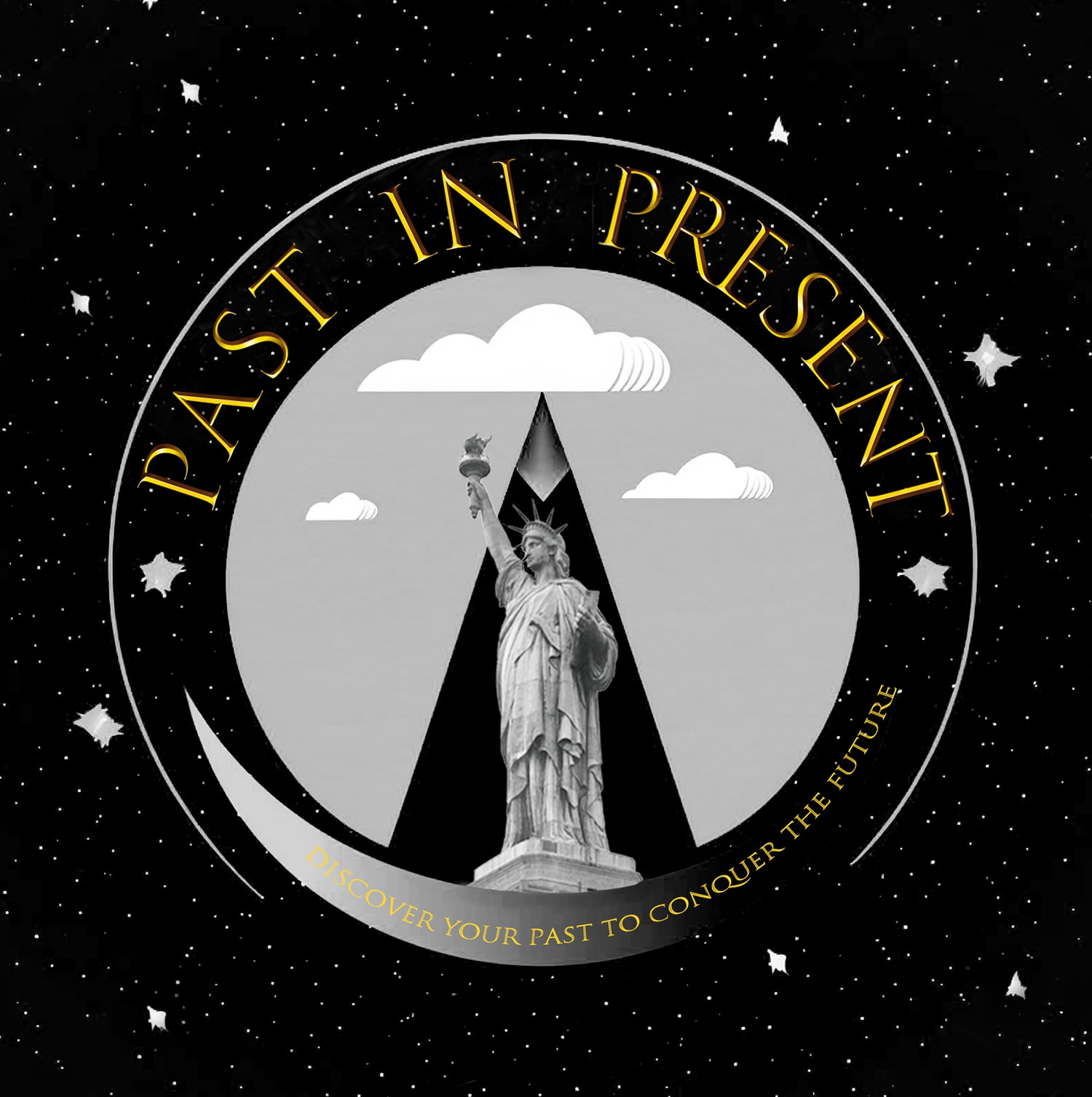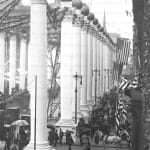Open a larger version of the following image in a popup:
 Hudson-Fulton Celebration "Court Of Honor" columns were erected on 5th Avenue in front of the New York Public Library 1909
Hudson-Fulton Celebration "Court Of Honor" columns were erected on 5th Avenue in front of the New York Public Library 1909
 Hudson-Fulton Celebration "Court Of Honor" columns were erected on 5th Avenue in front of the New York Public Library 1909
Hudson-Fulton Celebration "Court Of Honor" columns were erected on 5th Avenue in front of the New York Public Library 1909
Open a larger version of the following image in a popup:
 Hudson-Fulton Celebration "Court Of Honor" columns were erected on 5th Avenue in front of the New York Public Library 1909
Hudson-Fulton Celebration "Court Of Honor" columns were erected on 5th Avenue in front of the New York Public Library 1909
 Hudson-Fulton Celebration "Court Of Honor" columns were erected on 5th Avenue in front of the New York Public Library 1909
Hudson-Fulton Celebration "Court Of Honor" columns were erected on 5th Avenue in front of the New York Public Library 1909
Open a larger version of the following image in a popup:
 Hudson-Fulton Celebration "Court Of Honor" columns were erected on 5th Avenue in front of the New York Public Library 1909
Hudson-Fulton Celebration "Court Of Honor" columns were erected on 5th Avenue in front of the New York Public Library 1909
 Hudson-Fulton Celebration "Court Of Honor" columns were erected on 5th Avenue in front of the New York Public Library 1909
Hudson-Fulton Celebration "Court Of Honor" columns were erected on 5th Avenue in front of the New York Public Library 1909
Open a larger version of the following image in a popup:
 Hudson-Fulton Celebration "Court Of Honor" columns were erected on 5th Avenue in front of the New York Public Library 1909
Hudson-Fulton Celebration "Court Of Honor" columns were erected on 5th Avenue in front of the New York Public Library 1909
 Hudson-Fulton Celebration "Court Of Honor" columns were erected on 5th Avenue in front of the New York Public Library 1909
Hudson-Fulton Celebration "Court Of Honor" columns were erected on 5th Avenue in front of the New York Public Library 1909
Open a larger version of the following image in a popup:
 Original vintage glass negative (not for sale)
Original vintage glass negative (not for sale)
 Original vintage glass negative (not for sale)
Original vintage glass negative (not for sale)
Hudson-Fulton Celebration "Court Of Honor" columns were erected on 5th Avenue in front of the New York Public Library, 1909
Edition of 50
DP4195/13X19
Currency:
Further images
The decorative 'Court of Honor' temporary columns erected on Fifth Avenue in front of the New York Public Library during the Hudson-Fulton Celebration in 1909 were designed by architect Ernest...
The decorative "Court of Honor" temporary columns erected on Fifth Avenue in front of the New York Public Library during the Hudson-Fulton Celebration in 1909 were designed by architect Ernest Flagg. Flagg was a prominent American architect known for his Beaux-Arts style, and he was commissioned to design these columns as part of the overall decorative scheme for the celebration. Ernest Flagg’s columns were classical in style, reflecting the neoclassical architectural trends of the time, and were intended to evoke a sense of grandeur and historical significance. These temporary structures added a sense of pageantry to the city, framing the public celebrations and the grand parades that took place along 5th Avenue.









